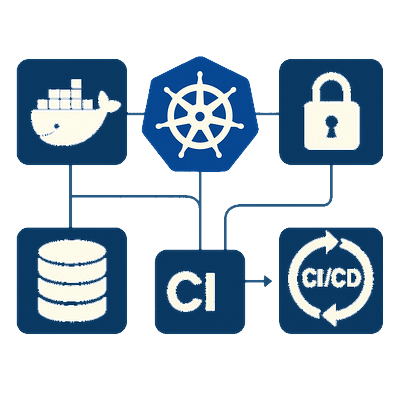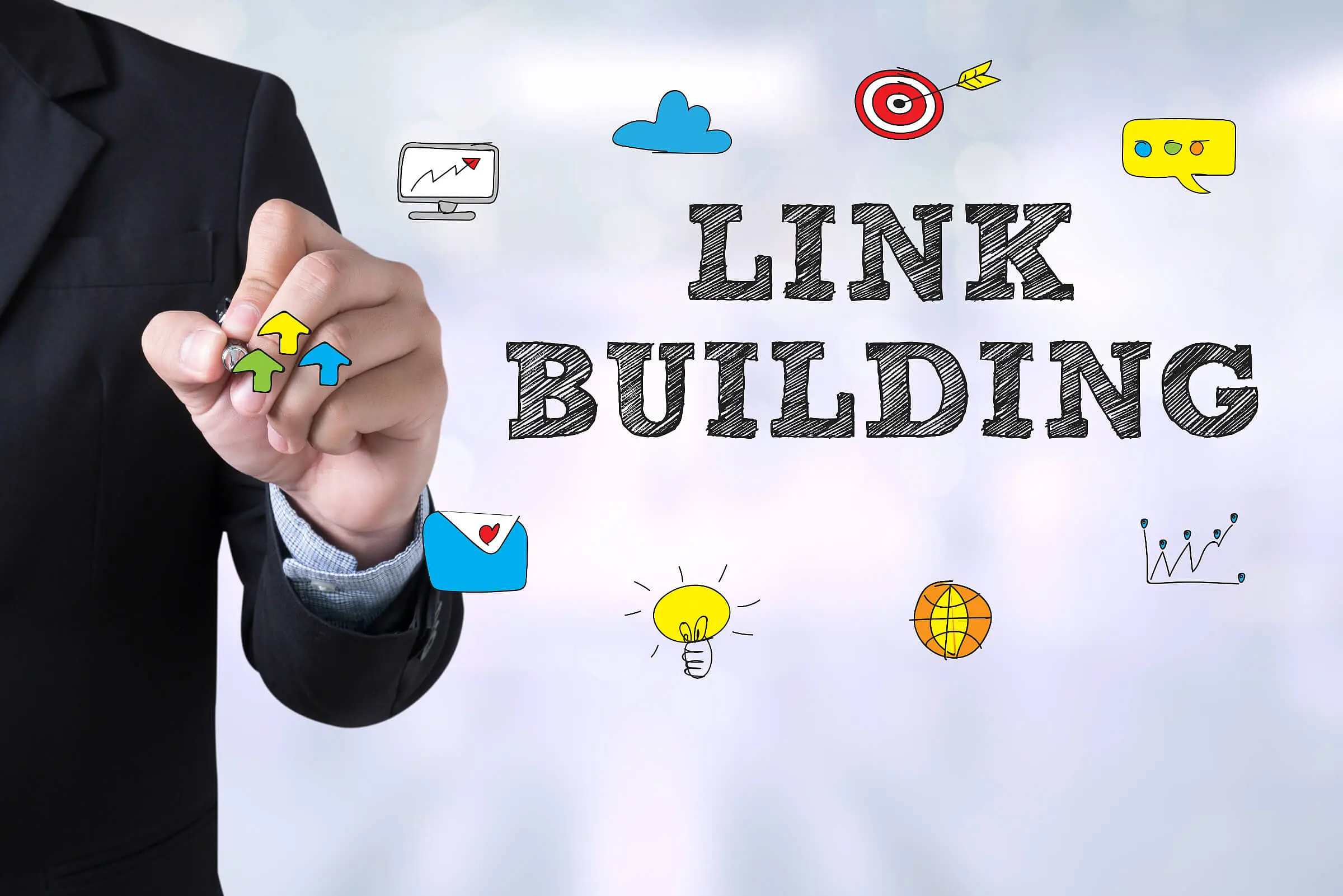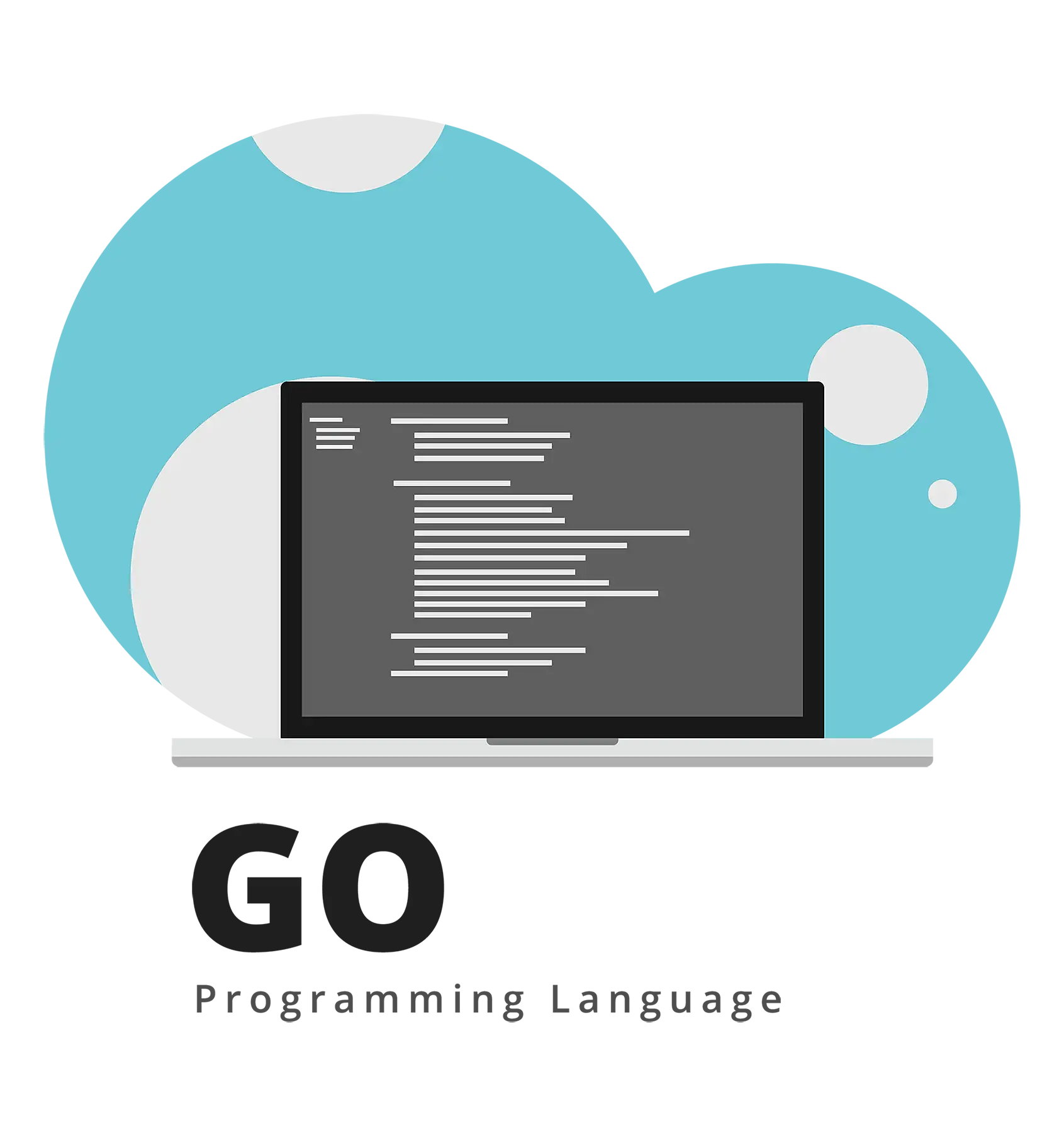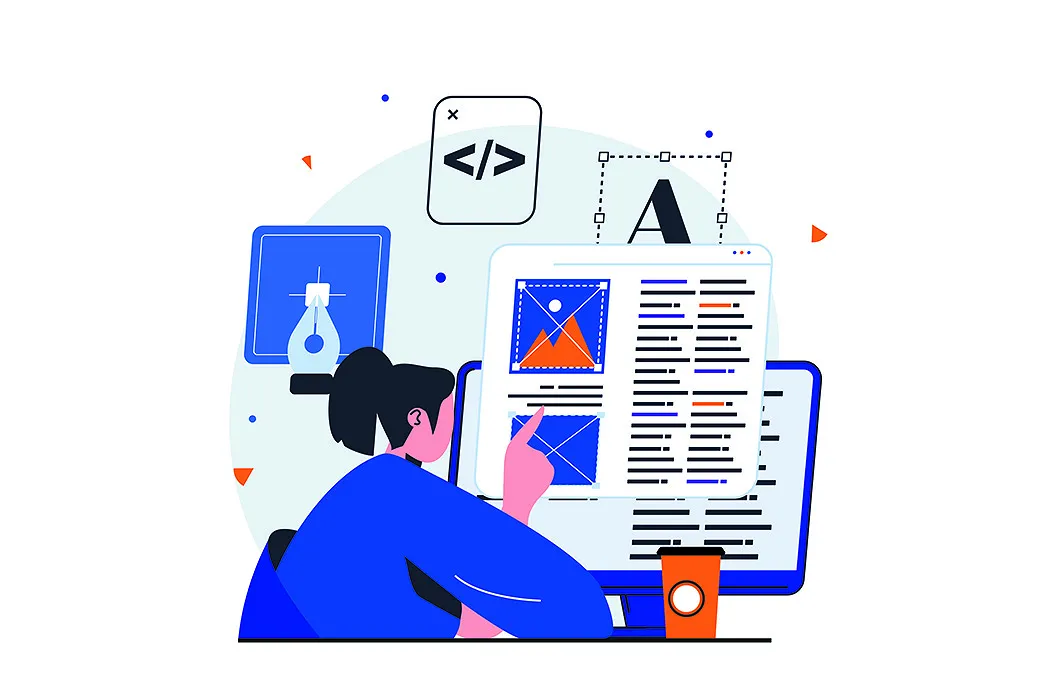Development and Deployment Automation (CI/CD)
Development and Deployment Automation (CI/CD)
We build continuous integration and delivery pipelines that turn feature releases into a reliable, predictable process.
Automated testing, builds, and deployments eliminate human error, accelerate releases, and make them fully transparent for everyone involved.
This process enables teams to respond faster to feedback and continuously improve product quality.
GitHub Actions
GitHub Actions is the foundation of our CI/CD infrastructure.
We design pipelines tailored to specific tasks — from code linting to artifact deployment in production.
Parallel steps, dependency caching, and secure secret storage ensure a balance between release speed and process reliability.
Thanks to the flexibility of GitHub Actions, the team can scale pipelines and integrate them with monitoring and analytics tools.
GitLab CI / Bitbucket Pipelines
In corporate projects, we often use GitLab CI or Bitbucket Pipelines when clients require on-premise integration or specific security policies.
We configure pipelines for Kubernetes, Docker Registry, and Slack notifications, ensuring full transparency and control across the delivery cycle.
This setup enables predictable releases and reduces the risk of deployment errors.
We adapt CI/CD processes to the client’s infrastructure while maintaining compatibility, manageability, and operational stability.
CI/CD for Laravel
Laravel projects require precision and well-orchestrated workflows.
We implement PHPUnit testing, database migrations, artifact builds, and zero-downtime deployments using Envoyer, Deployer, or custom SSH bots.
This approach ensures safe releases with no impact on users.
Automation enables frequent updates without losing stability and increases overall system reliability.
CI/CD for Go Projects
Go provides minimal build times and excellent compatibility with CI/CD. We use go test, linters, and multi-platform binary builds, along with deployment through Docker or Helm. This accelerates updates and keeps the system stable even with large codebases. Our Go pipelines are optimized for fast feedback and include automated performance testing.
Containerization and Docker
Containerization and Docker
Containerization is at the core of modern infrastructure. Docker creates a stable environment where each service runs consistently across local, testing, and production stages. We design isolated containers that enhance reliability and simplify scaling. This approach reduces environment setup time and eliminates dependency conflicts.
Docker for Laravel
For Laravel, we design containers with PHP, Apache/Nginx, Redis, MySQL, and Node.js. We use Docker Compose and custom Dockerfiles so the environment is always ready to run. This speeds up development and eliminates configuration errors. With Docker, developers test code in an environment identical to production.
Docker for Go
Go containers are built on minimal images like Alpine or Scratch. We separate build and run stages to reduce size and improve security. This speeds up deployment and lowers infrastructure load. The containers are CI/CD-ready and integrate with Kubernetes, making the deployment process fully automated.
Docker Compose and Orchestration
We create complete environments using Docker Compose — with Kafka, Redis, PostgreSQL, and Mailhog. All components are connected in a single network, and environment variables are managed centrally. In production, this stack integrates with Kubernetes, ensuring scalability and resilience. This approach simplifies local development and speeds up testing of new features.
Orchestration and Kubernetes
Orchestration and Kubernetes
Kubernetes is the core of modern infrastructure. It provides load balancing, scaling, and automatic service recovery. We use Kubernetes where high availability, security, and rapid growth without downtime are required. This allows clients to focus on product development instead of infrastructure issues.
Kubernetes: Why It Matters
Kubernetes manages services to keep applications available under any circumstances. It redistributes load, restarts failed containers, and controls resources. This makes the system resilient and the business independent of manual intervention. Kubernetes provides a foundation for predictable scaling and infrastructure flexibility.
Kubernetes for Laravel and Go
For Laravel and Go, we create dedicated Helm charts that manage ingress, secrets, and services. We implement Rolling Update, Autoheal, and Horizontal Pod Autoscaler strategies. This allows the system to scale automatically and remain stable even during traffic spikes. We fine-tune configurations based on load specifics to ensure maximum efficiency.
Helm and Configuration Templates
Helm helps deploy environments quickly and safely. We create custom templates and values files to tailor the infrastructure to each client’s specific needs. This speeds up deployment and reduces the risk of errors. Using Helm increases configuration consistency and simplifies maintenance.
Monitoring and Alerting
We use Prometheus, Grafana, and Loki to monitor service health. Metrics, logs, and alerts are integrated into Slack and Telegram, enabling real-time incident response. This monitoring improves predictability and reduces downtime. We regularly analyze metrics and optimize the system to maintain a high level of availability.
Security and Secret Management
Security and Secret Management
Security is not a separate process but an integral part of the architecture. We build secure environments for data storage and processing that comply with ISO and SOC2 standards. Each component undergoes auditing, and access management follows the principle of least privilege. We implement logging and centralized activity control systems, making the infrastructure fully transparent.
Environment Variable Management
We use Vault, GitHub Secrets, and K8s Secrets for centralized storage of sensitive data. Secrets are isolated from the code and accessible only to authorized services. This approach minimizes the risk of leaks and ensures full control over all tokens and keys. We conduct regular audits and reviews of secrets to maintain a high level of trust.
HTTPS Automation and Encryption
Let's Encrypt, Traefik, and Cert-Manager certificates are issued and renewed automatically. HTTPS is configured without manual intervention, ensuring a consistently secure connection and user trust in the service. We implement TLS encryption for all internal communications to strengthen data protection.
Storage and Databases in DevOps
Storage and Databases in DevOps
Data storage is integrated into DevOps processes through automated migrations, PITR backups, and replication. PostgreSQL, MongoDB, and ClickHouse are deployed in containers and clusters, ensuring fault tolerance and data consistency. We implement automatic data integrity checks and synchronization between instances.
Automated migrations via laravel migrate or golang-migrate eliminate errors and make updates predictable. All operations go through validation, with backups created and rollbacks executed in case of failures. This guarantees service continuity and data integrity. We provide detailed version control of database schemas, making the update process safe and reliable.
DevOps Practices and Culture
DevOps Practices and Culture
The DevOps culture unites developers, testers, and infrastructure engineers into a single team. We apply the principles of Infrastructure as Code (IaC) through Docker, Helm, and Terraform. This ensures transparency, repeatability, and control over every change. Such an approach helps build systems resilient to human error.
Our projects use Git Flow, Release Flow, and Trunk-Based Development. We maintain staging, production, and preview environments so each feature can be tested in isolation. This process reduces risks and speeds up integration. The entire team follows unified versioning rules, enabling frequent and safe releases.
For us, DevOps is an ecosystem where processes don’t depend on people — people trust the processes. It creates a stable environment ready for any change. We foster a culture where every team feels responsible for both product stability and infrastructure evolution.
Real Cases and Architecture Diagrams
Real Cases and Architecture Diagrams
Our DevOps practices have been tested on systems of various scales. We’ve built trading platforms in Go and Kafka with automated CI/CD pipelines using Docker and GitHub Actions. We’ve implemented Laravel projects with zero-downtime deploys and rollback strategies. We’ve also deployed microservices with Kafka and ClickHouse on Kubernetes, featuring monitoring and automatic scaling.
These solutions ensure stability under load, instant response to errors, and infrastructure readiness for growth without additional costs. We continue to evolve our approaches and experiment with new tools to make our clients’ infrastructure even more reliable and efficient.
DevOps is the path to predictable and secure product growth. We build processes where code is verified, tested, and delivered automatically, and infrastructure becomes a reliable business tool.
























